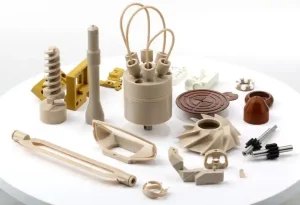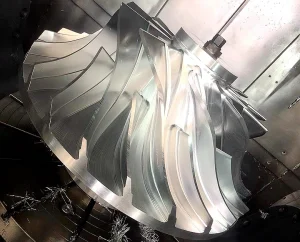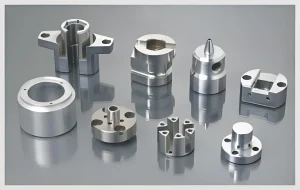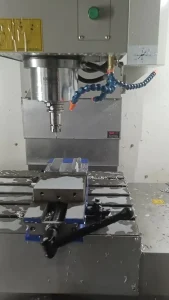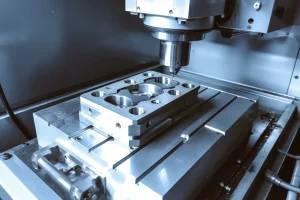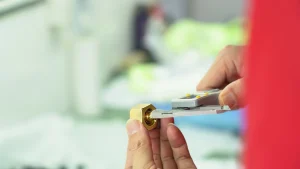In the process of customizing aluminum shells, the choice of process is crucial. Faced with the same effect of aluminum shell samples, how would you choose the manufacturing process? In fact, the number of practical processes depends not only on the product, but also on what kind of effect the product will eventually achieve and the quantity of the product.
For example, what process should be selected to make an aluminum alloy shell with a screen hole? Most people will choose laser cutting. But it should be noted that if the quantity of the product is small, it is often more advantageous to choose CNC. The reason is that the aluminum alloy shell is not a flat surface. Choosing the laser cutting process requires an additional mold to fix the shell on the laser cutting instrument to ensure the normal opening work. In this way, the cost is too high.
So take this opportunity to introduce to you today the difference between laser cutting and CNC.
Laser cutting
Use high-power density laser beam to irradiate the material to be cut, so that the material is quickly heated to the vaporization temperature, evaporated to form holes, and as the beam moves on the material, the holes continuously form a very narrow (such as about 0.1mm) slit to complete the cutting of the material.

Main features:
1. Good cutting quality and reduced labor costs
The laser cutting machine uses the characteristics of laser non-contact processing, does not damage the workpiece, and the cut product has no extrusion deformation. The processed product has good quality, no burrs, no need for manual grinding, saves unnecessary processing steps, and optimizes the labor intensity of workers.
2. Save mold investment and reduce production costs
The laser cutting machine can directly make various hardware workpieces without molds, without mold consumption, no need to repair or replace molds, can save a lot of molds, save processing costs, and reduce production costs. It is especially suitable for the processing of large products.
3. High precision and effective improvement of productivity
The laser cutting process appears as an alternative to “shear-punch”. It has the characteristics of precision, flexibility and efficiency. It can effectively process various complex parts. You only need to make the cutting graphics and import them into the control system to set the size for cutting. It helps to directly shorten the product processing and manufacturing cycle and effectively improve labor productivity.
4. Fast cutting speed and optimized working environment
The laser cutting machine cuts quickly, the equipment is stable during operation, the noise is low, there is no dust, and no chemical substances harmful to the human body and the environment are produced. It is also a kind of intimate protection for the operator, ensuring the cleanliness of the production site, reducing the later investment, reducing pollution, helping hardware companies to promote the optimization of the working environment and comply with the trend of environmental protection.
5. Low later maintenance cost and high cost performance
The maintenance of mechanical products is very expensive, while the laser cutting machine has stable performance, is durable and can work continuously, is not easy to damage, and has great advantages in later maintenance costs.
CNC
CNC (computer numerical control) is the abbreviation of computer numerical control, which is an automated machine tool controlled by a program. The control system can logically process programs with control codes or other symbolic instructions, decode them through a computer, so that the machine tool can perform the specified actions and process the blank into semi-finished finished parts through tool cutting.
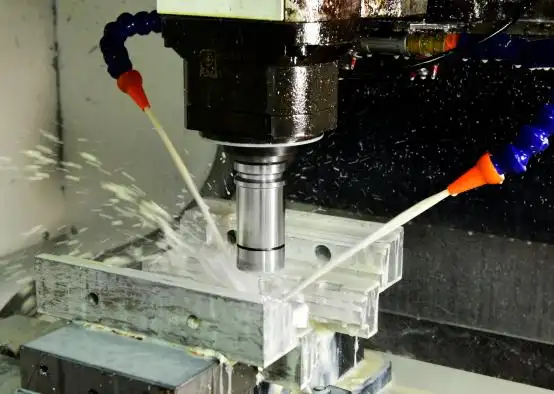
Main features:
1. Minimum setup error
Traditional machine tools rely on the operator’s proficiency in measuring tools, and of course, excellent workers can set parts very accurately. However, there are only a handful of excellent operators in the country. This is why many CNC systems use a dedicated coordinate measuring probe. It is usually installed in the spindle as a tool, and its position is determined by the probe touching the fixed part. After that, the zero point of the coordinate system is determined to minimize the setup error.
2. Stable replication accuracy
Nothing is more stable than a proven computer program. The movement of the instrument is always the same because its accuracy depends only on the accuracy of the stepper motor. In conventional machining, replication accuracy varies greatly because it comes from the operator. And human error is always greater than the error of the program.
3. Fewer test runs
Traditional machining inevitably has some test parts. CNC systems have ways to avoid test runs. They use visualization systems that allow operators to actually see what will happen to the stock after all tools have passed.
4. Complex surfaces are easy to manufacture
It is almost impossible to manufacture complex surfaces with high accuracy in the traditional way. It requires a lot of manual labor. CAM systems can automatically form tool paths for any surface. This is one of the biggest advantages of modern CNC machining technology.
5. Higher machine tool flexibility
The traditional method is that the milling machine processes slots or planes, the lathe processes cylinders and tapers, and the drilling machine processes holes. CNC machining can combine all of the above functions in one machine tool. With the ability to program tool paths, you can replicate any movement on any machine tool. So, we have milling centers that can make cylindrical parts and lathes that can mill slots. All of this is to reduce the setup of parts.
The difference between the two
1. Cutting intensity
Refers to the intensity of the laser shot at the surface of the material. For a specific cut, the greater the intensity, the greater the depth. In the range of 1% to 100%, the adjustment range is 1%. The greater the intensity, the greater the speed. The deeper the cutting depth.
2. Cutting speed
Refers to the speed at which the laser head moves, usually expressed in IPS (inches per second). High speed brings high production efficiency. Speed is also used to control the depth of cutting. For a specific laser intensity, the slower the speed, the greater the depth of cutting.
3. Spot size
In fact, the spot size of CNC and laser cutting is also different. The spot size of the laser beam can be adjusted using lenses with different focal lengths. Lenses with small spots are used for high-resolution cutting. Lenses with large spots are used for lower-resolution cutting, but for vector cutting, it is a good choice. The standard configuration of the new equipment is a 2.0-inch lens. Its spot size is in the middle and is suitable for various occasions.

